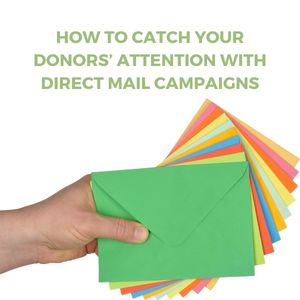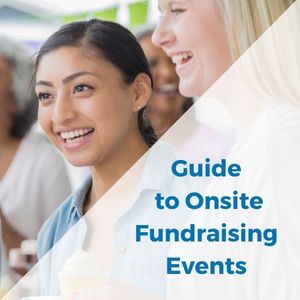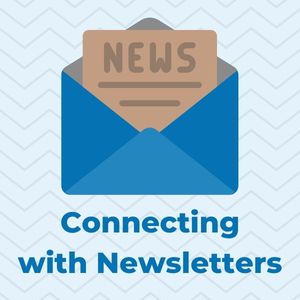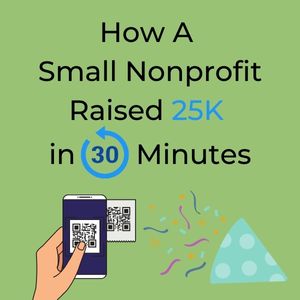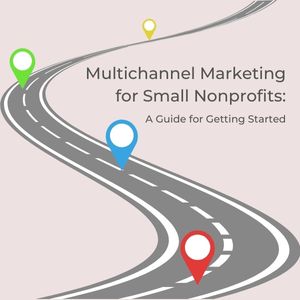
Nonprofit boards have an overall duty to ensure proper oversight and guide the organization toward achievement of the mission. Traditionally, the expectation is that board members will have legal and fiduciary responsibilities, attend board meetings, and proactively promote the work of the organization. But where does fundraising fit into the equation? Should you expect your board to be fundraisers?
The Benefit - Increased Income
Asking your board to fundraise is a great way to help your fundraising team, but there is a greater benefit. By asking the board to fundraise, you also create a mechanism for community outreach and revenue growth. Each board member comes with their own set of contacts and relationships. By combining and reaching out to this web of connections, your fundraising boundaries are greatly expanded.
A Culture of Engagement
So how do you get your board to fundraise? The best way is to create an intentional culture of fundraising. Ideally, this would include letting people know you expect them to fundraise BEFORE they join the board. Be clear that the member’s fiduciary duty includes outreach and fundraising.
Once onboard, members should be provided training on how to fundraise. Perhaps the training is an afternoon session with your lead fundraiser, or an annual weekend retreat led by a consultant. Provide members the resources and instruction they need to be effective fundraisers. Then, inspire them to act by communicating how fundraising relates to the mission. A sustainable pipeline of prospects and reliable donors keep revenue steady. Help them to understand that inaction can ultimately result in reduction of services or a change in mission.
Start Out Slow
Not everyone is comfortable with fundraising and if a culture of fundraising is not currently in place, you will have to begin creating that culture incrementally. Training is the best place to start and your initial session can be used as a kickoff to introduce a new set of expectations. From there engage your board members in the donor identification process. Ask them to be intentional about meeting and calling people. They can pass along high potential prospects to a staff member designated to make the ask.
Tools for Success
Once they are comfortable with identifying prospects, you can ease them into the process of making the ask. Again, provide them the tools they need to be successful. Simple things like business cards, stationary or greeting cards can be effective in getting even the most introverted people involved in the process. Ask that board members share their business card with two contacts a month or write a personal note including an ask twice a month. When your CheqrPay QR code is preprinted on materials provided to the board, it makes it even easier for donors to give when asked. Imagine these scenarios:
- At a lunch meeting, when the member makes the ask, the donor can simply scan the code on the business card to make their gift on the spot. The only follow up needed is the thank you!
- Ask members to write handwritten notes to contacts informing them of an upcoming fundraising campaign. Then write a follow up note announcing the campaign has launched inviting them to give with their mobile device by scanning the code.
- Members can be responsible for calling or sending notes to lapsed donors inviting them to renew their support.
- Greeting cards or holiday cards signed by board members can include an invitation to scan the QR code to make a holiday or year-end gift.
Ultimately, it is not important how your board members are involved in fundraising, rather it is essential they contribute in some way. In addition to providing leadership and oversight, members can take pride in their role as fundraisers advancing the mission of your organization.

